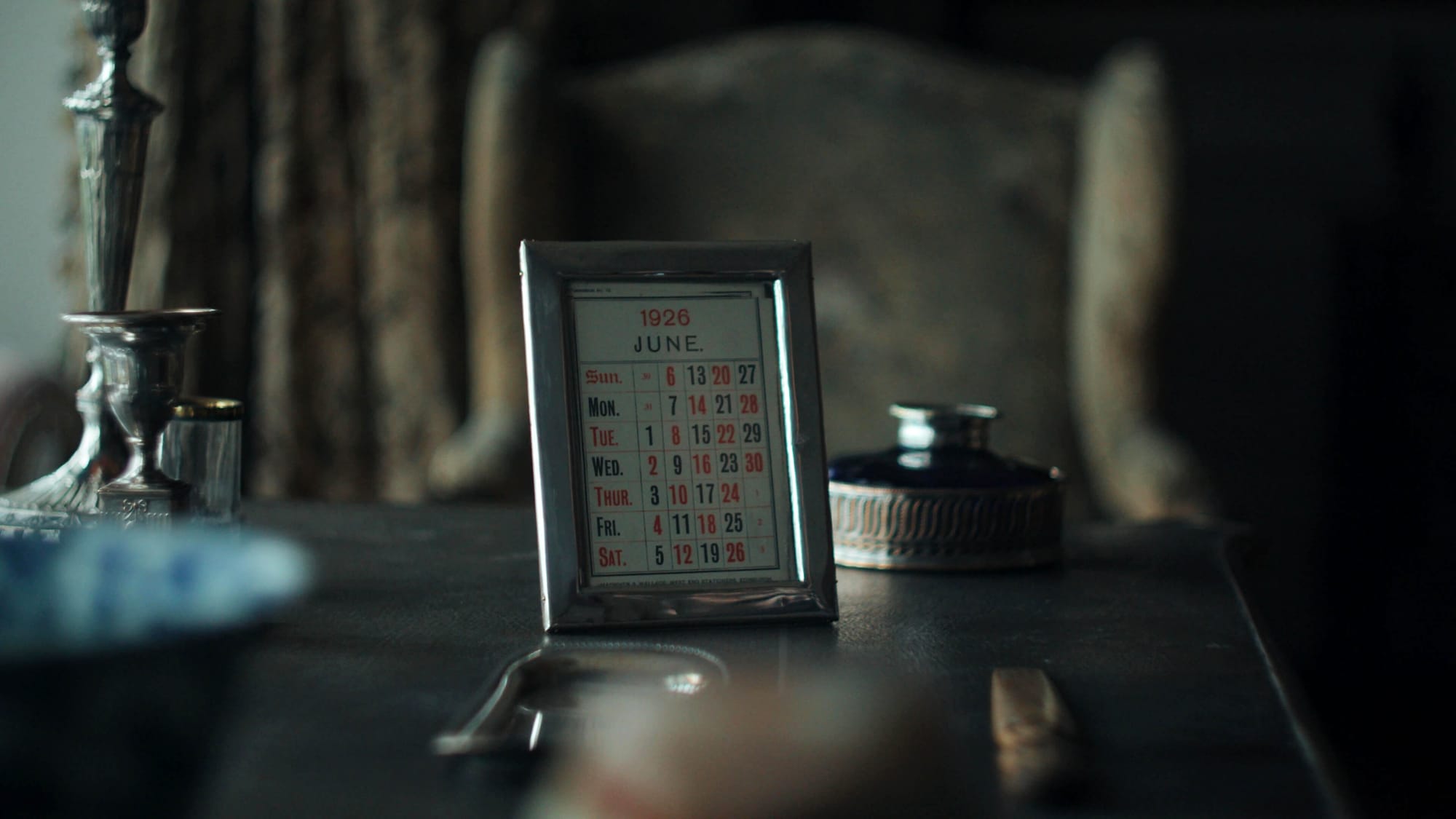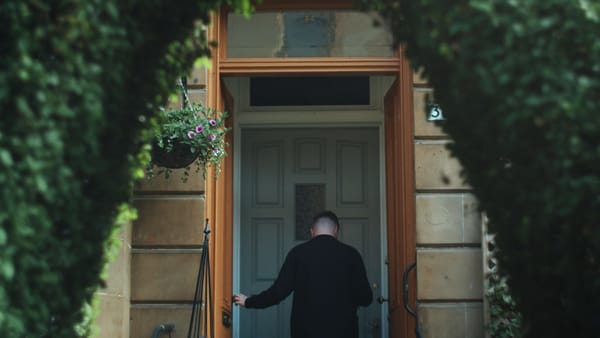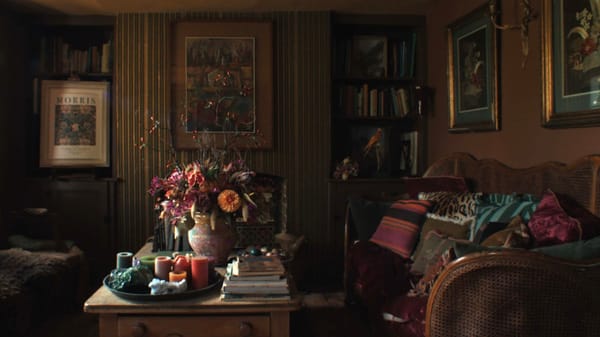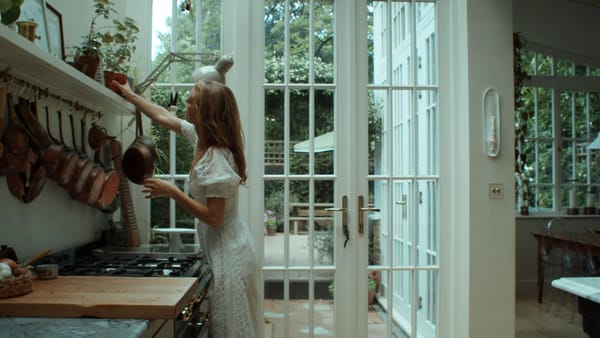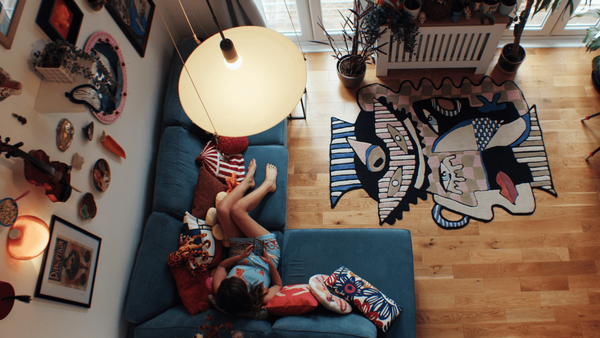Inside a 500-Year-Old Castle With Sea Views and Secrets
Today, we found ourselves not just anywhere, but inside a real Scottish castle — originally built as a 16th-century tower house, later expanded in the 1800s, and still peacefully overlooking the Firth of Forth in Edinburgh.
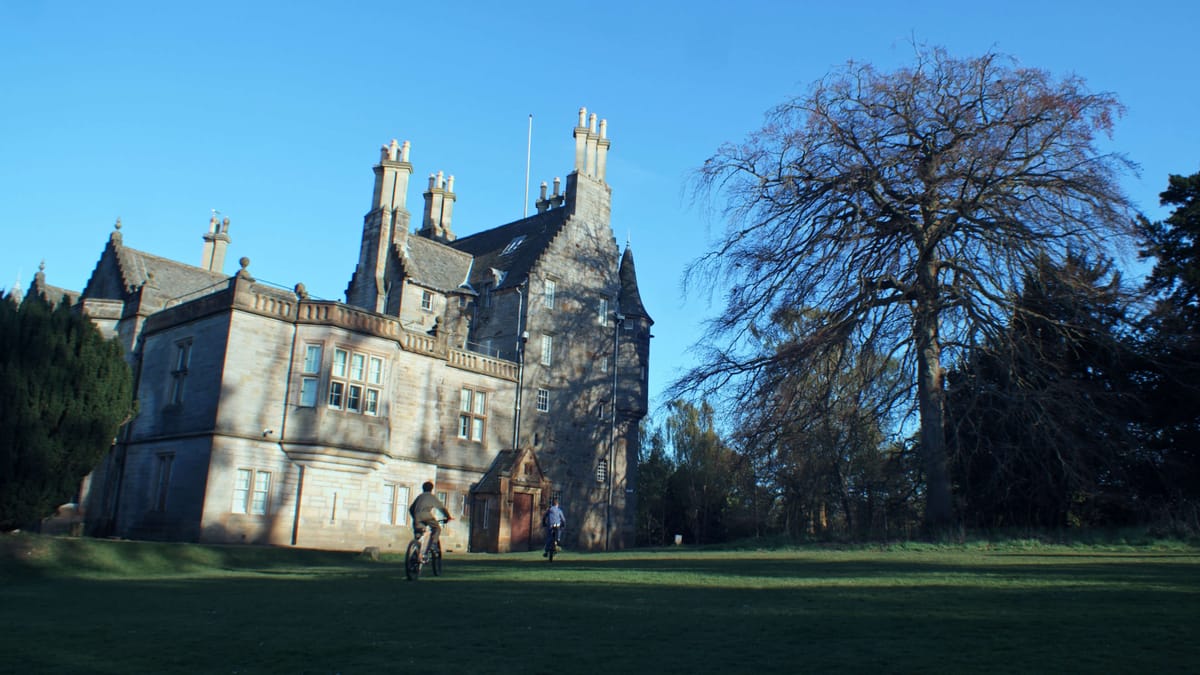
Lauriston Castle, with its grand interiors and beautiful grounds, sits tucked away in the northwest corner of the city. Tourists rarely make it this far.
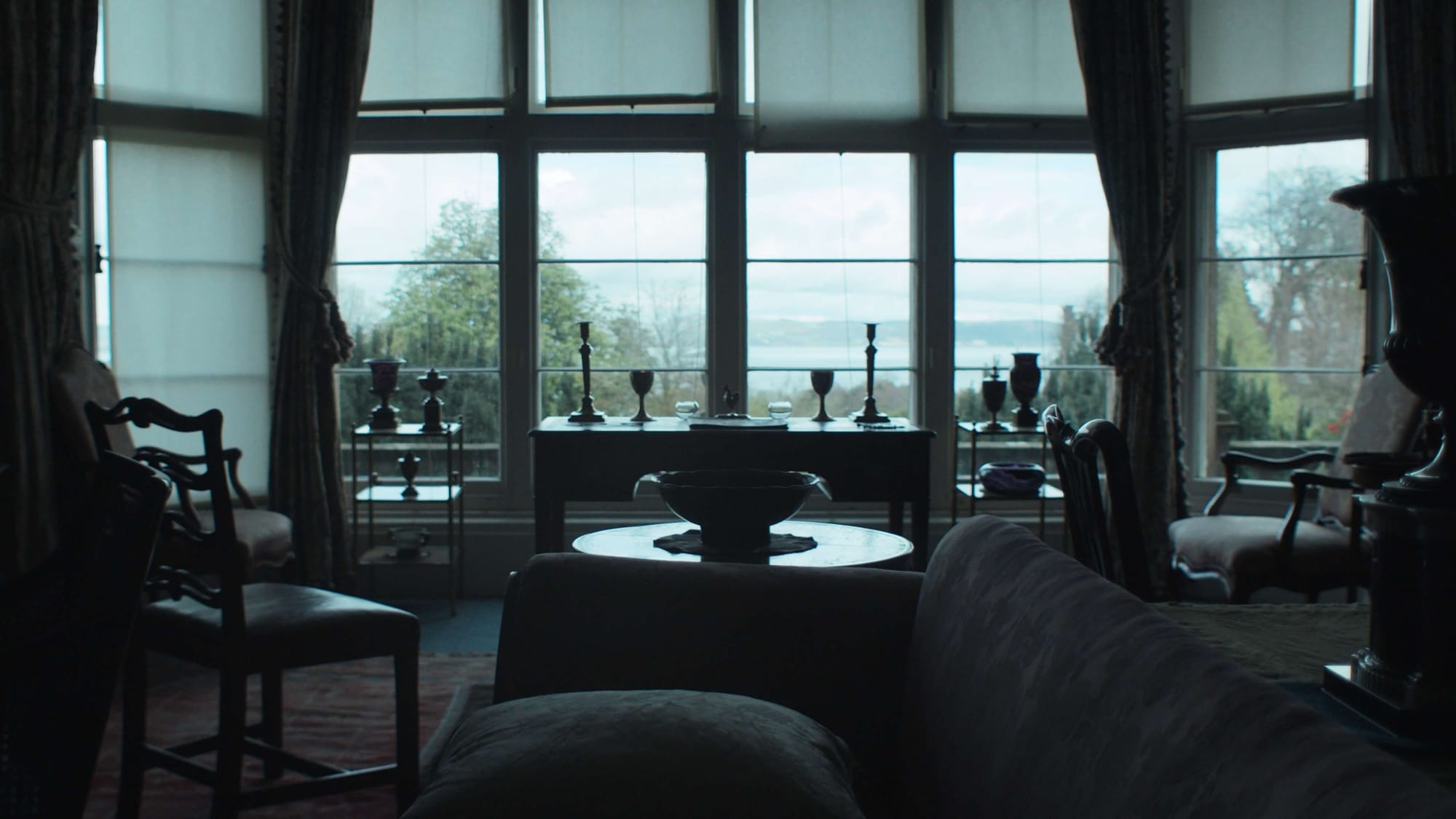
But just a short bus ride from the centre takes you to woodland walks, a peaceful Japanese garden, and the chance to step back in time with a guided tour of what life was like in an early 20th-century middle-class Edinburgh home.
Not everyone realises it’s there.
In our latest film, we step inside Lauriston Castle to explore its remarkable features, eccentric details, and the story of the castle’s last private owners — who were quite the characters.
12 Things You Didn’t Know About Lauriston Castle
Edinburgh’s Lauriston Castle is not a ruin or a grand tourist trap. It’s something better — a perfectly preserved time capsule filled with unique finds, personal stories, and some surprisingly modern comforts (hello, working Edwardian radiator).
Here are 12 little-known things about Lauriston Castle that make it well worth a visit:
1. The Mermaid Welcomes You
Above the front door, there’s a stone carving of a mermaid brushing her hair in the wind. She’s not just decorative — she’s part of the coat of arms of Andrew Rutherfurd, who bought the castle in 1842 and helped reshape it into what we see today.
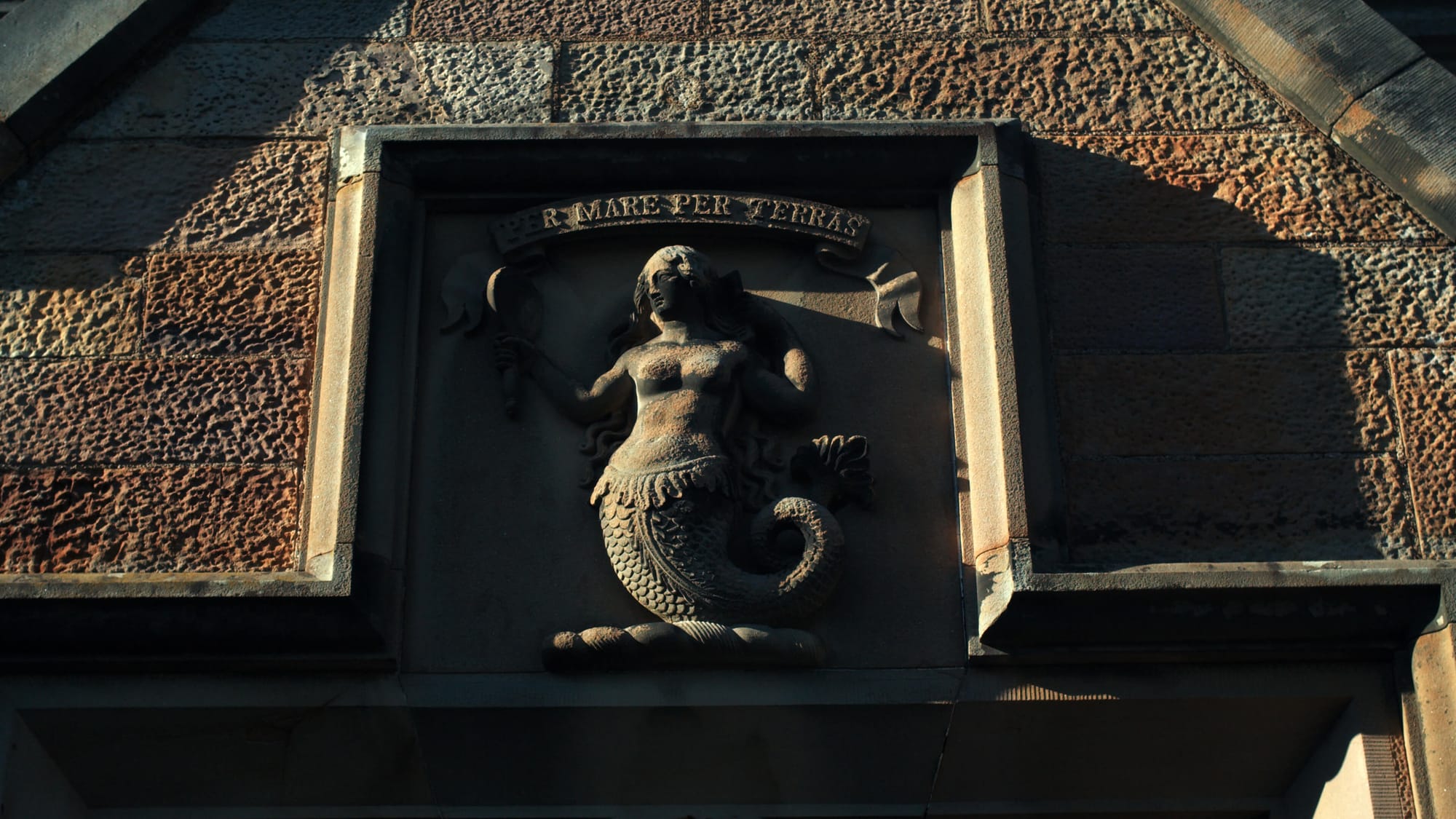
2. It Was Built in Three Acts
Lauriston Castle grew in three main stages: a 1590s tower house, an 1820s addition by a newspaper-owning banker, and an 1870s library wing. Together, they form a space that feels like walking through time.
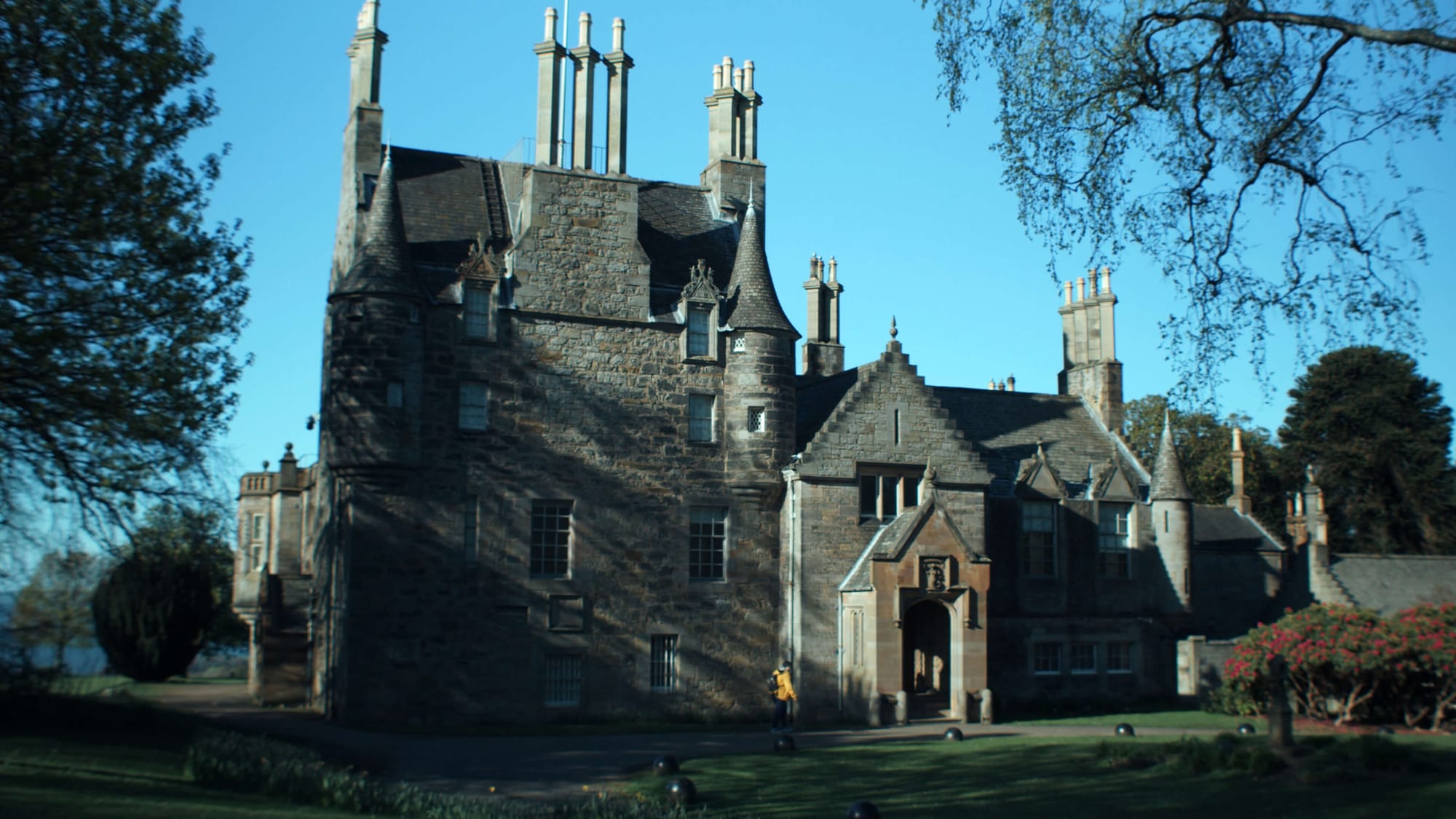
3. You Can Still See the Join
There’s a narrow corridor inside where the old tower and the new house meet. One curved stone wall used to be an exterior — now it forms the passageway, lit softly by a single small window.
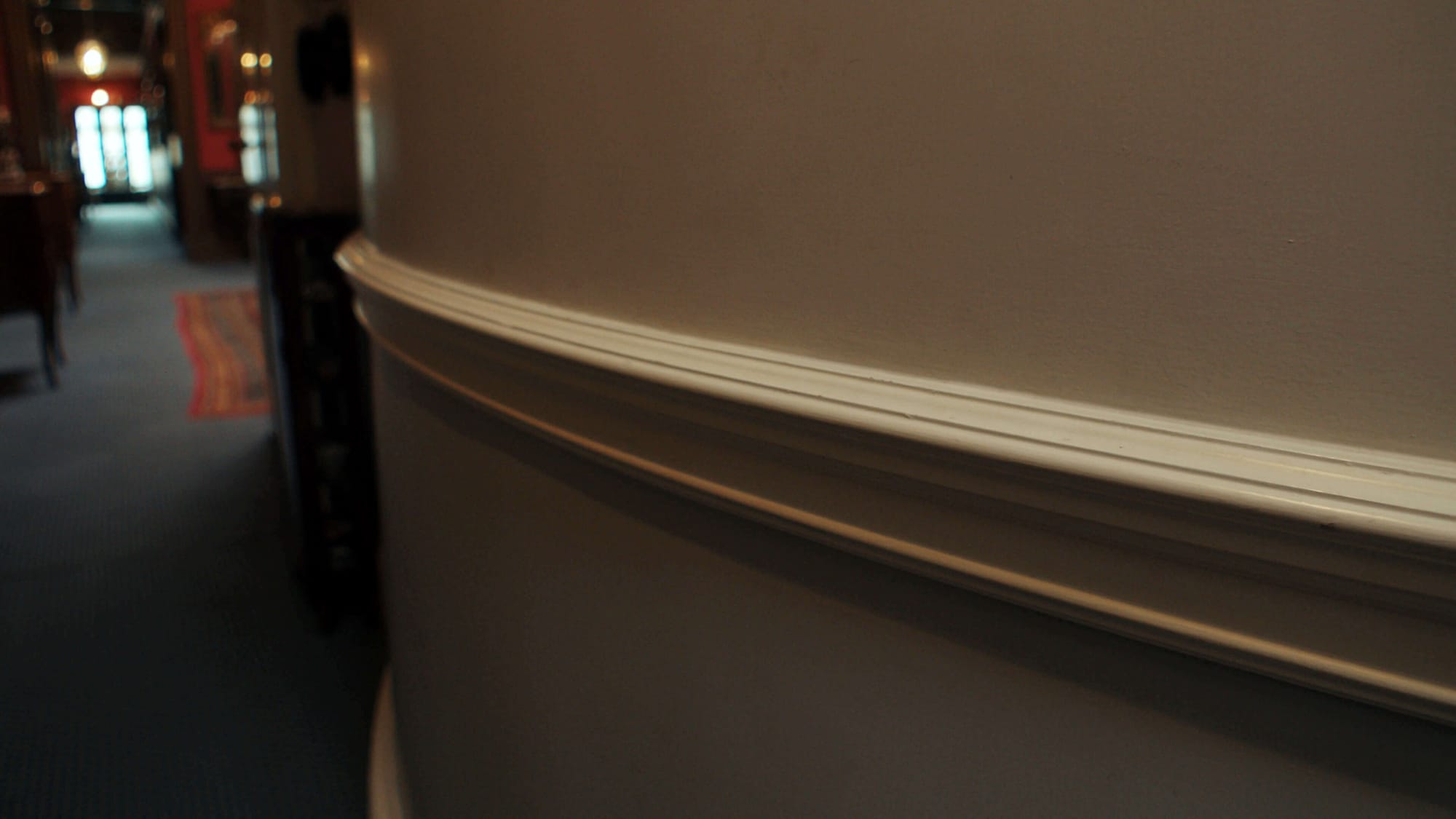
4. The Reids Lived Here — And Left Everything
William and Margaret Reid bought the house in 1902 and filled it with antiques, art, and elaborate decor. When Margaret died in 1926, she left everything to the nation — for “the education of public taste in all time coming.”
